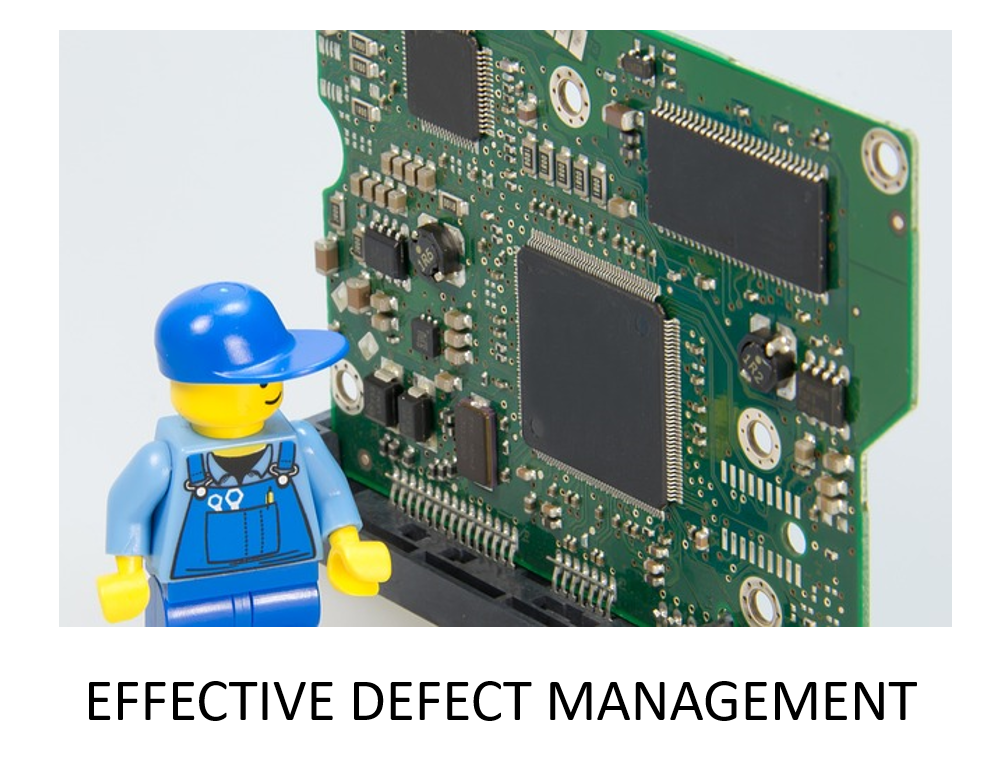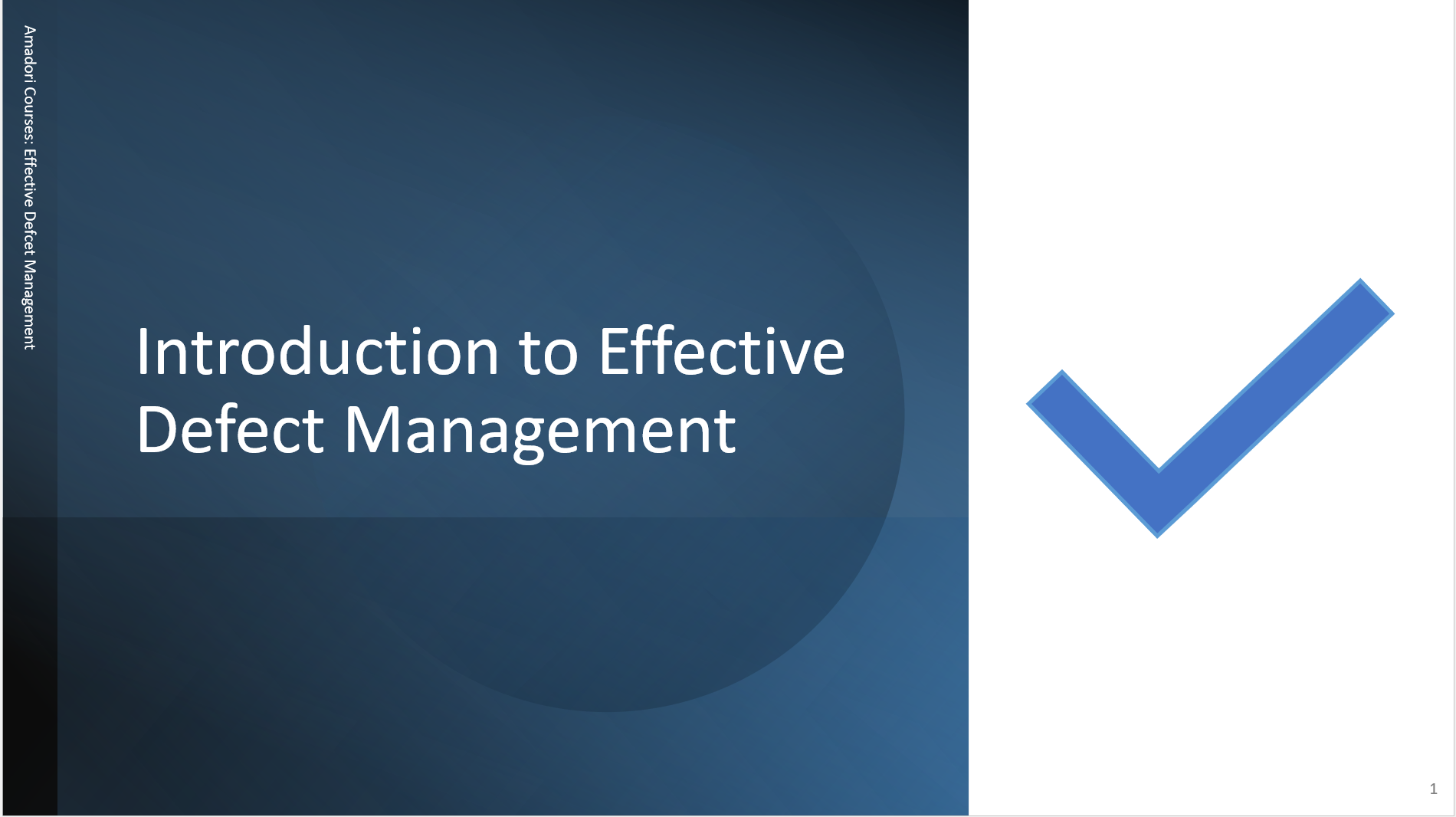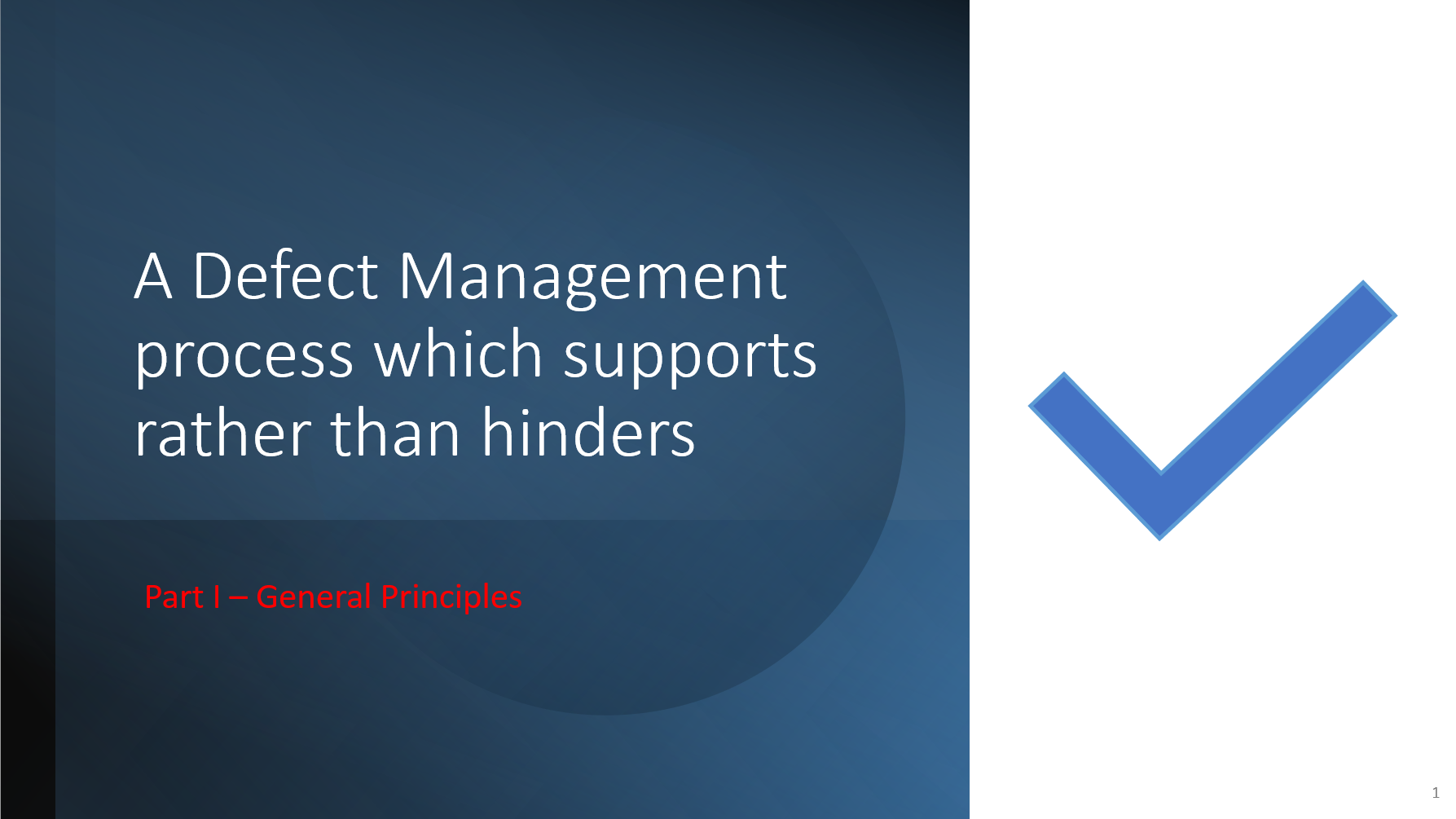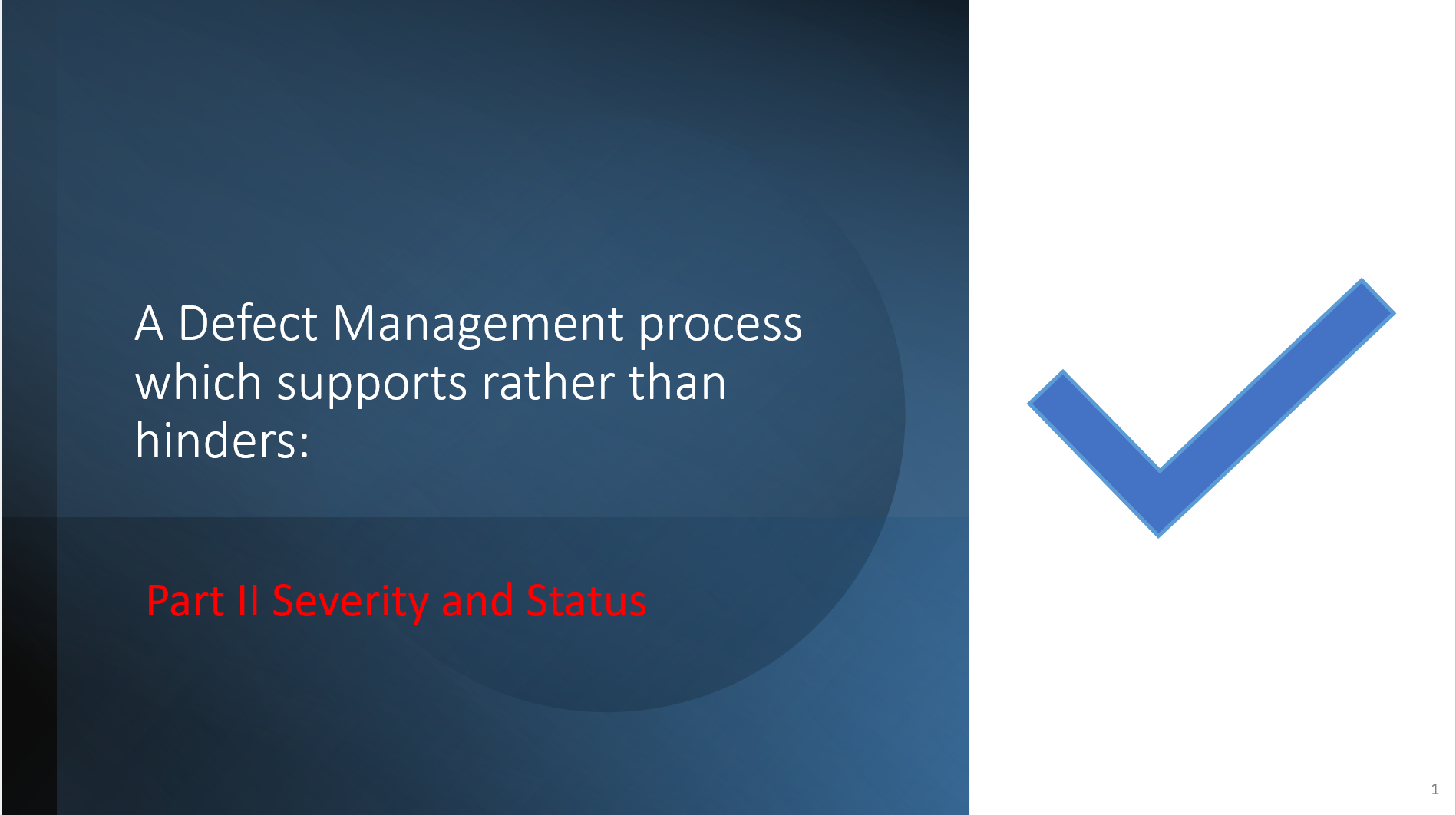
Getting to the Root of Software Delivery Issues
Effective Defect Management

Overall Course Summary
NEW NOVEMBER 2023:
Rightly or wrongly many testers are still judged by the number and type of defects they raise. Raise too few and your value to the organisation to the project/organisation will be questioned, raise too many of the “wrong” sort and YOU become the reason that the project is delivering late.
This 1-day course is designed for testers and managers who have either been tasked with taking over an existing defect process which is not working or asked to create a new defect process from scratch.
The course will explain how to create a defect record which includes all of the key information required to fix the underlying issues, implement a process which helps ensure that the right defects and up with the right people as quickly as possible and also explain the best way to monitor and report on progress both to colleagues on the project team and to senior stakeholders.
Previous Amadori courses have contained multiple practical exercises allowing participants to apply what they have learnt in each session, but that was not practicable in this case. So much about defect management is contextual and requires an understanding of how each defect relates to the delivery as a whole that it would have required me to create a whole new application, and for participants to become familiar with it for such exercises to work.
So instead I’ve suggested that participants reference defects they have raised themselves and ask whether what they are learning will cause them to modify their behaviour at the end of the course. Those of you who demand a degree of interactivity from your courses should not despair entirely however, as the course includes a couple of tools for you to download and use , the first of which will allow you to quickly calculate a possible go-live date from a given set of inputs whilst the second allows you to model the likely impact of various remedial actions if you find your project behind schedule and need a way to get back on course.
Session
Description
Training Material
- Sets the scene for the sessions which follow, explaining that an effective defect management process has 4 key elements each of which has to work effectively and support the other 3 if the process is to work well.
- Good Quality Defect Records are the foundation on which effective defect management depends. This session will explain what data fields need to be included in a defect record and what each field is needed for..
- The best defect records in the world will be of little use to you if you do not use them to effectively drive the right issues to the right people at the right time. This session will look at
- The 4 different types of issue you will generally encounter when testing and how each should follow its own distinct lifecycle, along with a high-level lifecycle for each
- The importance of data cleansing and data audits so that the information you are processing is correct , complete and up to date
- This session will look first at how we can best record an issue’s criticality and then sets out a detailed workflow into which issues of every type can be placed.
- It also addresses common issues associated with workflows of this type and how best to avoid such issues occurring in your project
- To be an effective test manager you need to be able to provide your audience with timely and useful reports and metrics but to be effective you need to do so in a manner which does not take up every minute of your day.
- This session describes the various types of report and metric you should look to provide and the frequency with which you should look to provide each type of report and metric to your audience
- This session will look first at how we can best record an issue’s criticality and then sets out a detailed workflow into which issues of every type can be placed.
- It also addresses common issues associated with workflows of this type and how best to avoid such issues occurring in your project
- Provides advice on how best to use the process you have created to keep on top of the defect management process when delivery is at its height
- If all is going well you may not need a triage process at all. But if one is required this session explains how to run one which supports the defect management process rather than hinders it
- As the agreed Go-Live date for a project comes to its end you will be asked again and again “Can we go-live Yet?” this session provides a model by which you can model expected progress in resolving defects and from this assess how much longer a project will require befoe it is ready to go-live.
- You will also be shown how to use this template to model the impact of changes to the project which may be suggested as a way of bringing go-live forward
- If you have aligned your testing process with the goals of the project stakeholders then you should always know the result of a No-Go live before the meeting starts. This session will explain ways in which to structure a Go/No-Go report in ways which help make the process run smoothly and ensure that general agreement is obtained for any decision arrived at.
- Will review the various subjects covered in the earlier sessions and place them into the context of the wider testing lifecycle. We will also take any remaining questions from attendees.











